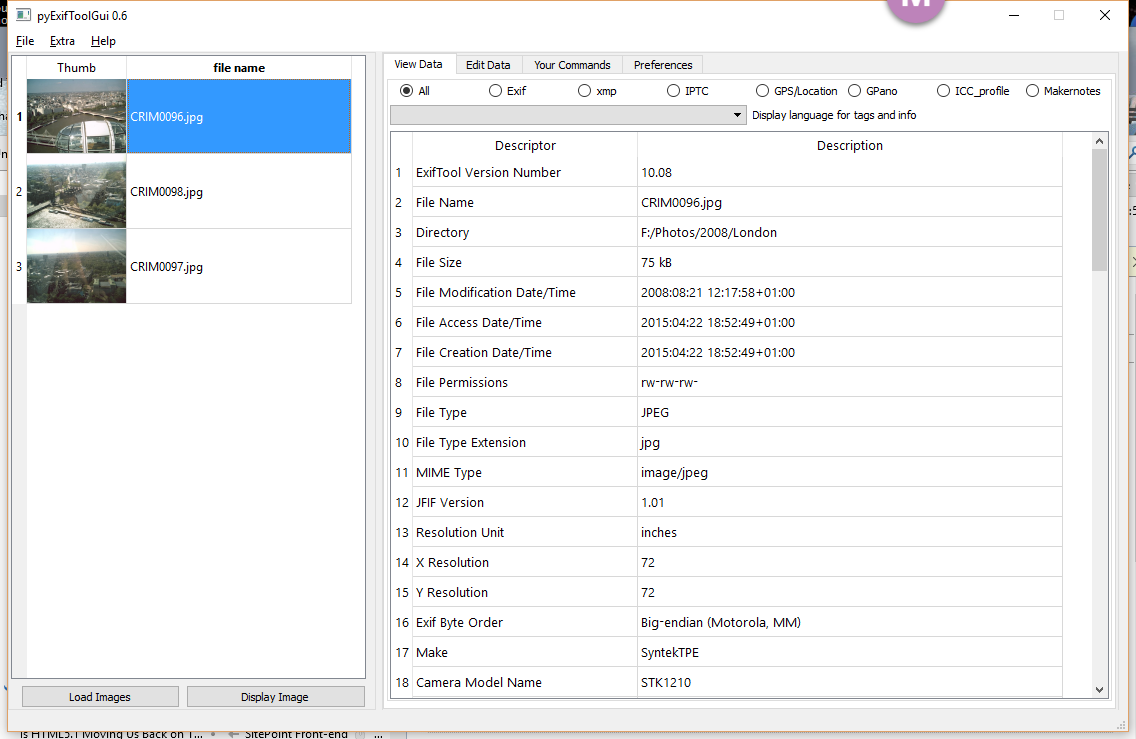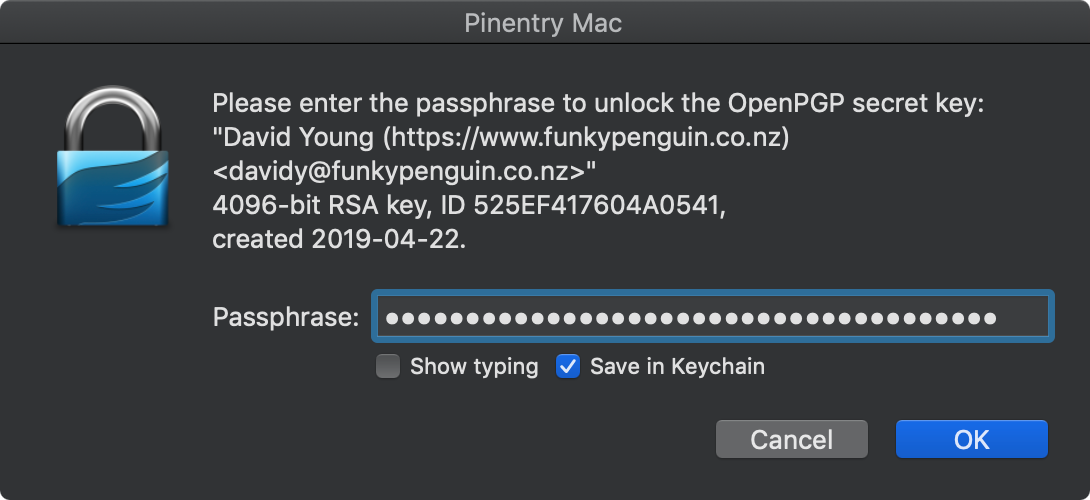

- #GPG SUITE MACOS HOW TO#
- #GPG SUITE MACOS VERIFICATION#
- #GPG SUITE MACOS DOWNLOAD#
Linux hacks you probably did not know about 12 June 2015. Setup DHCP Or Static IP Address From Command Line In Linux 12 June 2015. Connect to WiFi Network From Command Line In Linux 12 June 2015. Easily manage Linux services with chkconfig and sysv-rc-conf utilities 12 June 2015. A thorough Introduction Guide To Docker Containers 12 June 2015. Linux Super-Duper Admin Tools: GNU Debugger (gbd) 12 June 2015. Collecting And Analyzing Linux Kernel Crashes – LKCD 12 June 2015. Linux super-duper admin tools: screen 12 June 2015. Linux super-duper admin tools: OProfile 12 June 2015. checkinstall – Smartly manage your installations 12 June 2015. Linux super-duper admin tools: lsof 12 June 2015. Mitigation Guidelines for Advanced Persistent Threats 25 June 2015. Certificate and Public Key Pinning 25 June 2015. Transport Layer Protection Cheat Sheet 25 June 2015. How Do We Build Encryption Backdoors? 25 June 2015. 650.445: PRACTICAL CRYPTOGRAPHIC SYSTEMS 25 June 2015. NISTFOIA: FOIA for NIST documents related to the design of Dual EC DRBG 25 June 2015. #GPG SUITE MACOS HOW TO#
How To Remotely Hack Android using Kali Linux 27 August 2015.How To Monitor a Remote Computer For Free 27 August 2015.
#GPG SUITE MACOS VERIFICATION#
How To Bypass SMS Verification Of Any Website/Service 27 August 2015. Xprivacy – A Must Have App For Hackers 27 August 2015. 3 Websites For Vulnerability Research 27 August 2015. Vulnerability Scanners Simply Explained 27 August 2015. picoCTF Learning Materials 1 September 2015. Net-Creds – Sniffs Sensitive Data From Interface Or Pcap 1 September 2015. BlindElephant Web Application Fingerprinter 8 September 2015. Common Types of Network Attacks 8 September 2015. MITMf – Framework for Man-In-The-Middle attacks 9 September 2015. Highlight everything, right click, ‘Services’, ‘OpenPGP: Decrypt’. Open your text editor of choice, paste the message. Pretty much the same process as encrypting Copy everything, and send it to the recipient. Select who you’re sending it to, sign it with your key if you wish, click ‘Ok’ 
Highlight the message, right click, ‘Services’, ‘OpenPGP: Encrypt’.Open your text editor of choice, write your message.You’ll see this pop up confirming your key has been imported.Browse to where your key is, click it, then click ‘Open’.Open GPG Keychain, click ‘Import’ at the top.Open up GPG Keychain just to confirm the key is there.You’ll see this window pop up confirming the key has been imported, click ‘Ok’.Paste it into your favourite text editor, highlight everything, right click, go to ‘Services’, then ‘OpenPGP: Import key’.Copy everything from ‘-–BEGIN PGP PUBLIC KEY BLOCK-–‘ to ‘-–END PGP PUBLIC KEY BLOCK-–‘.Keep this file in a safe place, and don’t forget your passphrase. Keep the file name it gives you, check ‘Include secret key in exported file’, then click save.Copy and paste this on your market profile to make it easier for people to contact you Open your text editor of choice, browse to where you saved the key, open it.Give it a name, make sure ‘include secret key in exported file’ is unchecked, and click ‘save’.At the top of the window, click ‘Export’.Check the picture to make sure you’re doing everything correctly. Create keyboard shortcuts for these if you wish. Now we’ll enable ‘Decrypt’, ‘Encrypt’, and ‘Import key’. We’ll uncheck everything OpenPGP that’s under ‘Text’, and delete their shortcuts. Scroll down in the right pane to the subsection labeled ‘Text’, and to the OpenPGP options. Click the ‘Keyboard Shortcuts’ tab at the top, then ‘Services’ in the left pane. Go into system preferences, open up ‘Keyboard’.The suite itself doesn’t provide a window to encrypt/decrypt messages, so we need to enable some options. This is where OS X differs from other platforms. Do random stuff to create entropy for a secure key. Move the mouse around, mash keys in a text editor, have something downloading. GPG Keychain will begin generating your key.Check the picture for an example on how to fill it out. Put your username where it says ‘full name’, fill out what you want for email, and create a secure passphrase. For our purposes, we’ll uncheck ‘key expires’.

Click the arrow beside ‘Advanced options’, make sure the key length is 4096.
Click ‘New’ at the top left of the window. Open up GPG Keychain, you should be greeted by this beautiful window. Just like the Linux guide, we’ll be using 4096 bit length for encryption. GPG Suite actually makes this a super simple process. If successful, you should see this screen. Open the file you downloaded, you should see this screen. #GPG SUITE MACOS DOWNLOAD#
Head on over to, and download ‘GPG Suite Beta 5′. If you’re curious and want to see the source code, you can do so here.







 0 kommentar(er)
0 kommentar(er)
